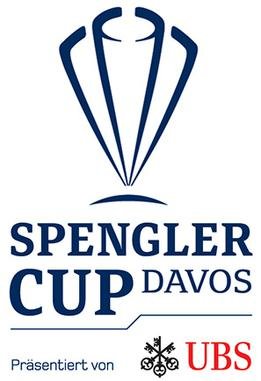- Founded 1923 (101 years ago)
- Region Davos (Switzerland)
- Number of teams 6
- Dates of the event 26.12.2021 - 31.12.2021
- Website https://www.spenglercup.ch/en
General information
Spengler Cup is an international ice hockey tournament. The tournament is held in the Swiss city of Davos every year between Catholic Christmas and New Year. The competition is traditionally attended by the local team HC Davos (reinforced by the best players of the Swiss championship) and the Canadian team (usually made up of Canadian players playing in European clubs). Other teams are invited by the organizers. It was founded in 1923, which makes it the oldest ice hockey tournament in the world. The Spengler Cup is the second-largest sports event in Switzerland, after the famous tennis tournament called “Swiss Indoors”. All hockey battles within the Cup are held in Switzerland, at the Vaillant Arena, which is the home ice for the Davos hockey team.
History
The tournament is named after Karl Spengler, a doctor who has dedicated his life to the fight against tuberculosis. He was one of the founders of the competition, which was first held in 1923. The main idea of the tournament was to unite countries that were opponents during the First World War. The first trophy holder was a team from Oxford University, consisting of Canadians studying at Oxford University.
The first 24 tournaments were dominated by club teams – Davos (7 wins, 12 second places) and the Czechoslovak LTC Praha (7 wins, 2 second places). Between 1965 and 1983, various Czechoslovak and Soviet teams dominated the tournament. Since joining the competition in 1984, the Canadian team has become the dominant participant (14 wins and 9 second places).
Format and rules
Since 2010, the cup system has been changed. If earlier, five teams played two places in the final round-robin, now six teams are divided into two groups: “Torriani” and “Cattini”. The winners of each group play immediately in the semifinals, the teams that take 2-3 places play tickets to the semifinals, and then, the winners play with the teams that took the first places for a ticket to the finals.
Many people wonder why the groups are called Torriani and Cattini. Bibi Torriani, one of the famous Swiss hockey players who played in the 30-40s of the last century. And the Cattini group is named after no less famous Swiss hockey players of the same time, the brothers Hans and Ferdinand Cattini.



